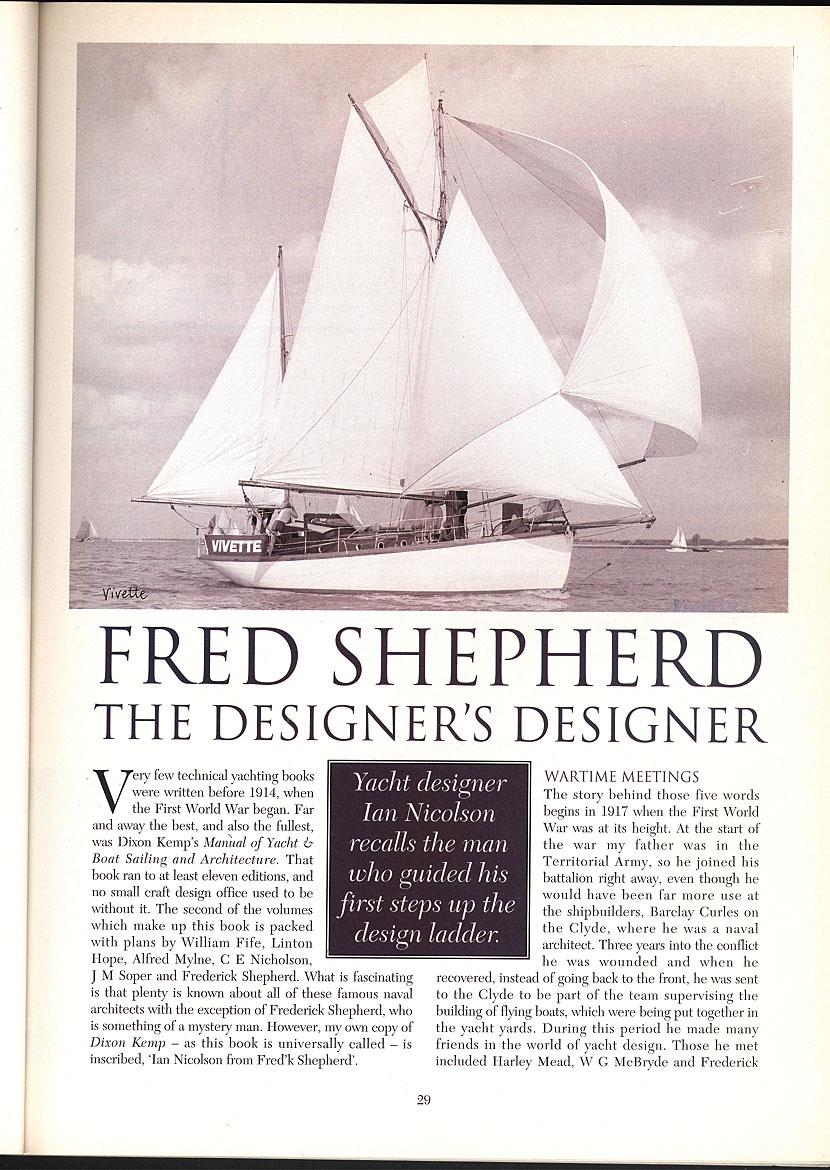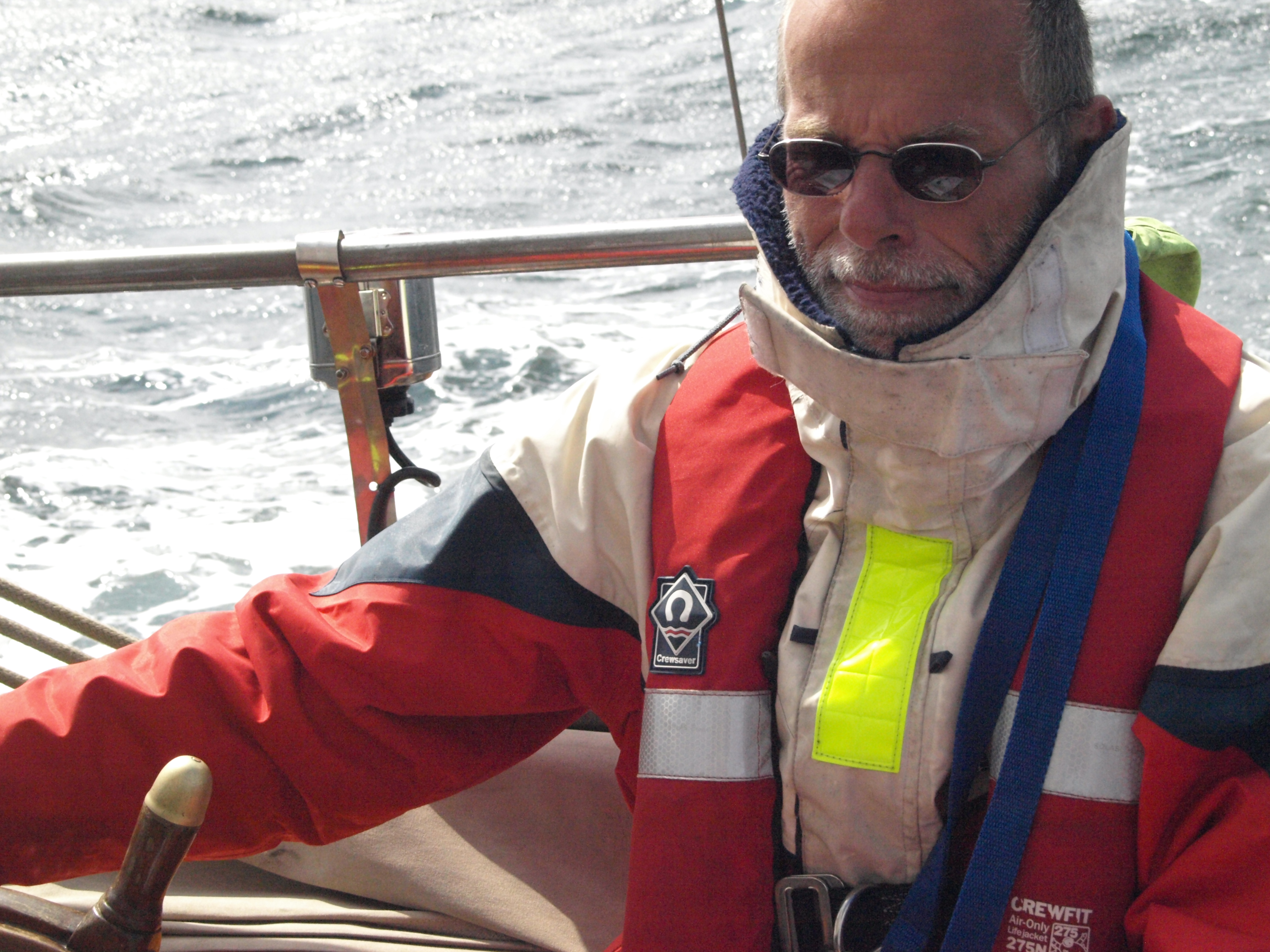Sails
To get the right look and feel with the atmosphere of yachting in the thirties, the details and panneling of the sailcloth should be as close as possible as it was in time of Carrina’s launch.
That’s why the sailmakers are strickly briefed as follows with detailed specifications for classic sailcloth:
- Narrow panels, traditional corners, hand sewn rings, external cringles, hand-roping with tapered, Rat-Tail, ends, leather finishing.
Panels for classic sails are to be narrow (15” or 18” for yacht sails)
- Boomed sails seams parallel to each other and square to the leach (cross cut)
- Panels for (boomless) headsails shall be mitre cut (diagonal cut) with the panels commencing opposite each other at the last (or diagonal) and running outward at square angles to the foot and leech of the sail
- Dacron in off white colour that duplicates the traditional Egyptian cotton (soft cream)
- Sailcloth shall be as light in weight as practical; take in account the relatively low aspect ratios of traditional boomed sails.
- Easy furling shall be an important criterion, as shall the ability to lie atop the boom when furled in a traditional, tapered cone
- Batten pockets and reef nettle reinforcements (reef patches) shall be as inconspicuous as possible
- Clew ropes should be fitted till just above the highest reef; reinforcement of the leech shall be also with small patches at the clew (the clew cringle) and at each reef cringle (cross cut Bermudian mainsail should be not provided with a tongue – diagonal headsail should have, over and next to the last or diagonal)
- Clew, tack and head ropes should be tailed
- Narrow tablings of sail material on luff (or stay tabling), leech and foot for reinforcement; for the Bermudian mainsail: mast widest tabling, then foot and the leach is the narrowest
- Reinforcing patches shall be kept small; corner reinforcing patches on Dacron should be longer to prevent crinkles coming out of point loaded corners
- UV protection: Cloth and seams/thread
Colour
Important is not to “overdo” the dyeing. A subtle cotton colour is much more desirable than one that is too yellow or has traces of green or red. In fact some bleached (former) cotton was very little difference in colour to soiled white Dacron.




